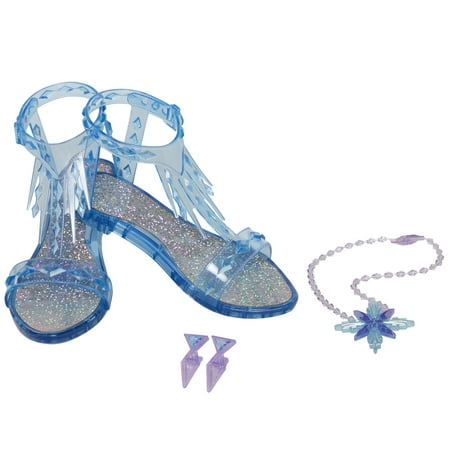Rubie’s Plush Tiger Cosplay Head Halloween Accessory
Be the king of the jungle in the oversized Tiger mascot head. Rich black and orange plush stripes. Mesh eye holes for visibility. Special details on the nose and ears make this oversized mask stand out from the crowd. Makes and easy eye catching costume for parties or parades. One size fits most. Quality and safety tested. Rubies Costume Company has been delivering great costumes since 1951.







Reviews
There are no reviews yet.